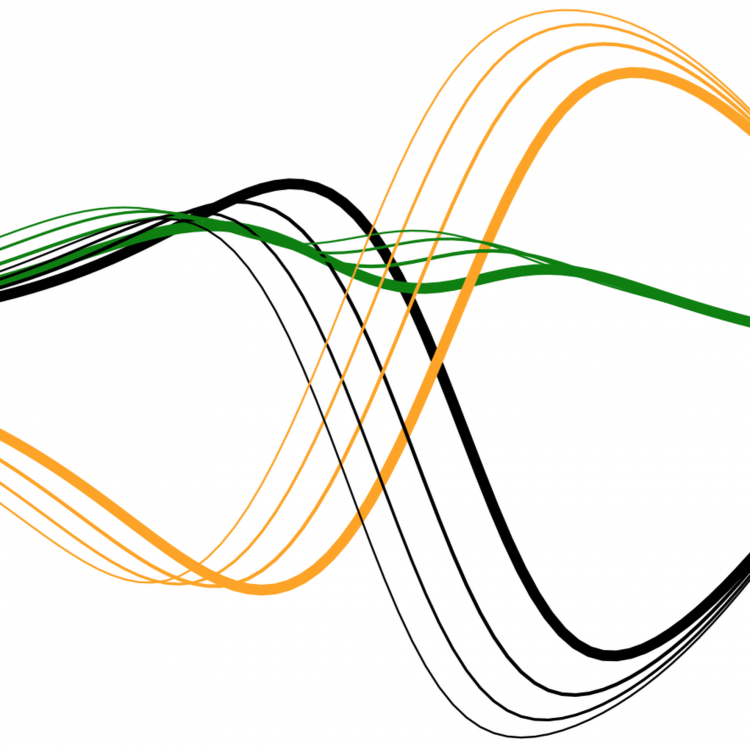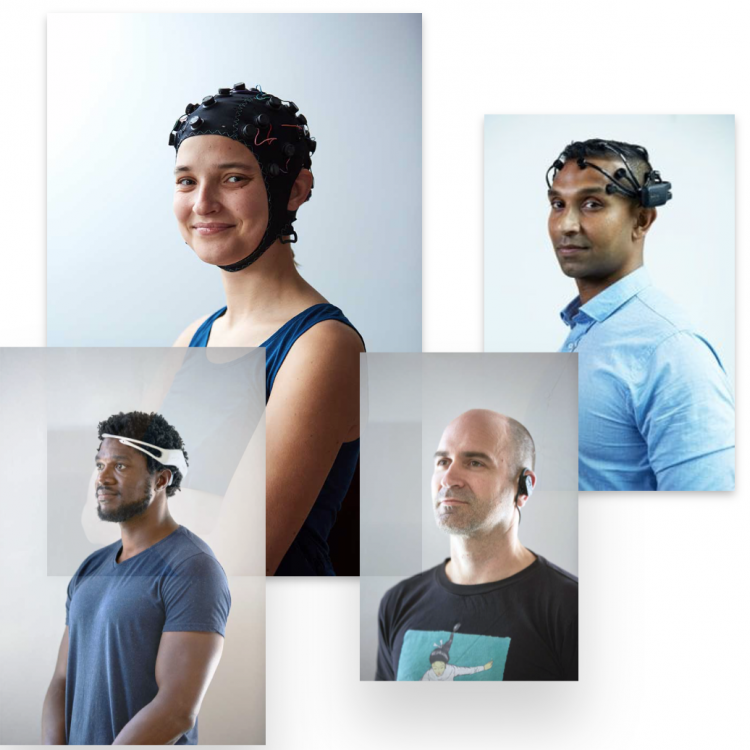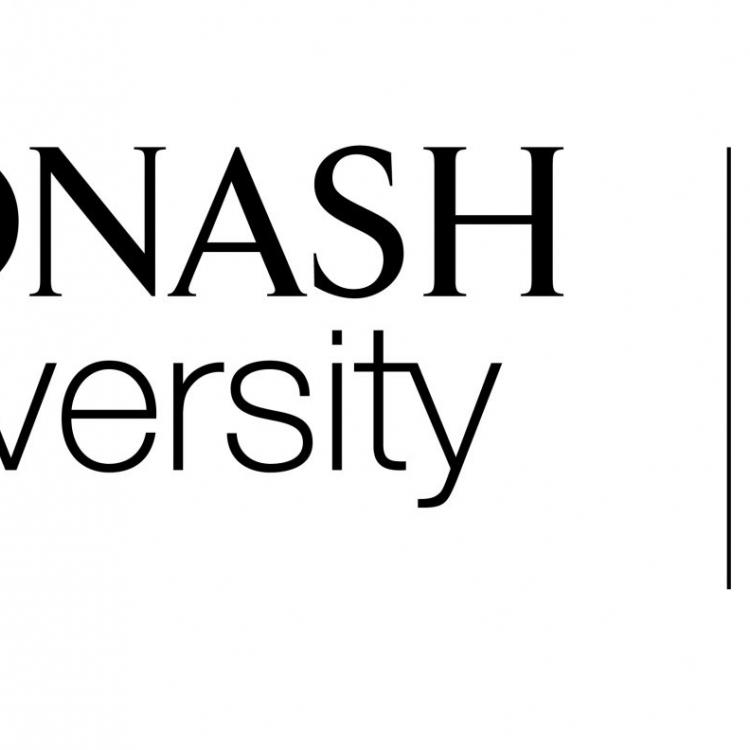Despite the popularity of providing text analysis as a service by high-tech companies, it is still challenging to develop and deploy NLP applications involving sensitive and demographic information, especially when the information is expected to be shared with transparency and legislative compliance. Differential privacy (DP) is widely applied to protect privacy of individuals by achieving an attractive trade-off between utility of information and confidentiality.
Research projects in Information Technology
Displaying 51 - 60 of 112 projects.
Multimodal Output Generation to Assist Blind People for Data Exploration and Analysis
In the big-data era, the proliferation of data and the widespread adoption of data analytics have made data literacy a requisite skill for all professions, not just specialist data scientists. At the core of data literacy is the ability to detect patterns and trends, or identify outliers and anomalies from data. However, these requirements often rely on visualisations, which creates a severe accessibility issue for blind people.
Science as a public good: improving how we do research with game theory and computation
Science is a public good. The benefits of knowledge are or should be available to everyone, but the way this knowledge is produce often responds to individual incentives [1]. Scientist are not only cooperating with each other, but in many cases competing for individual gains. This structure may not always work for the benefit of science.
Explainable and Robust Deep Causal Models for AI assisted Clinical Pathology
We are living in the era of the 4th industrial revolution through the use of cyber physical systems. Data Science has revolutionised the way we do things, including our practice in healthcare. Application of artificial intelligence/machine learning to the big data from genetics and omics is well recognized in healthcare, however, its application to the data reported everyday as part of the clinical laboratory testing environment for improvement of patient care is under-utilized.
Learning from massive amounts of EEG data
The existing deep learning based time series classification (TSC) algorithms have some success in multivariate time series, their accuracy is not high when we apply them on brain EEG time series (65-70%). This is because there is a large variation between EEG data of different subjects, so a TSC model cannot generalise on unseen subjects well. In this research project we investigate self-supervised contrastive learning to encode the EEG data. This way we can better model the distribution of our EEG data before classifying it to different mental status. See a recent work here [1].
Explainable Multi-Agent Path Finding (XMAPF)
The multi-agent path finding problem (MAPF) asks us to find a collision-free plan for a team of moving agents. Such problems appear in many application settings (including robotics, logistics, computer games) and a wide variety of solution methods have been proposed. Once a plan is computed, execution proceeds under the supervision of a human operator who is free to modify and adjust the plan, or even reject it entirely, because of changing operational requirements.
Designing Distributed Renewable Micro-Grids for Reliability (position filled)
Short description
Predicting short- and long-term outcomes of pregnancy to optimise maternal health care (PhD)
As a pregnancy approaches term (the point at which the foetus is considered fully developed), decisions are made about the timing of birth and the way babies are born. These decisions are incredibly challenging for clinicians and pregnant women. Digital health records, advances in big data, machine learning and artificial intelligence methodologies, and novel data visualisation capabilities have opened up opportunities for a dynamic, ‘Learning Health System’ – where data can be harnessed to inform real-time and personalised decision-making.
Understanding material failure by machine learning analysis of pattern strains
Metals are made of small crystals - i.e., atoms are arranged in a particular geometric arrangement, which are typically in the range of a few 10s of microns (0.01 mm). The arrangement of these crystals greatly affects the performance of the metal and hence the performance of components where metals are used - such as in aeroplanes, gas turbine engines, cars, etc. The manner in which such materials deform, crack and fail under a variety of conditions is an important area in terms of cost and safety.




